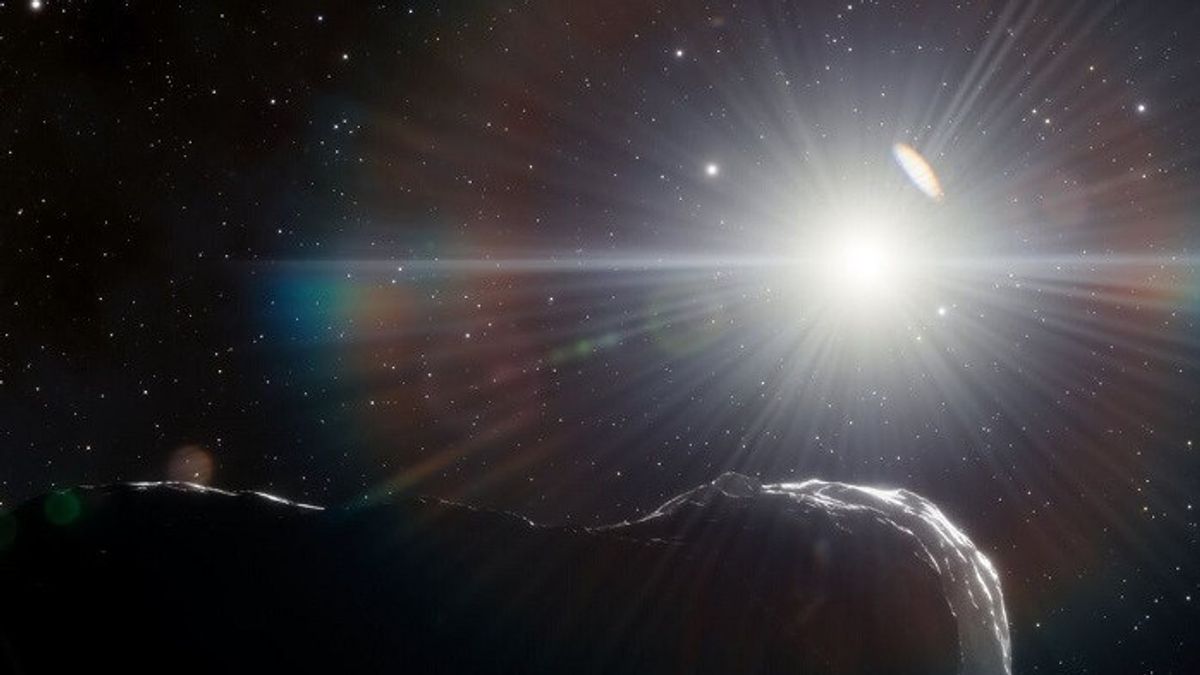JAKARTA - Astronomers have just discovered three asteroids hiding in the sun. One of the asteroids is the largest potentially dangerous object at risk of crashing into Earth, dubbed the planet's killer.
The three asteroids include LJ4 2021, PH27 2021, and AP7 2022 known as planetary killer asteroids, all three of which are categorized as new near-Earth asteroids (NEAs) hiding in the inner Solar System, regions within Earth's orbit and Venus.
However, astronomers admit it is very difficult to find the asteroid in this region, because of the intense sunlight. To avoid sunlight, astronomers make their observations during the short dusk.
Astronomers are spying on the space rock using the Dark Energy Camera located on the 4 meter Viclector M. Blanco Telescope located at the Inter-American Observatory Cerro Deliberated in Chile.
Of the three NEAS found, LJ4 2021 and PH27 2021 have orbits that remain in Earth's orbit. While the 2022 AP7, on the other hand, measures about 1.5 kilometers, has an orbit that one day can place it on Earth's path, although it is difficult for scientists to determine when exactly.
"Our dusky survey explores the area within Earth's orbit and Venus to search for asteroids. So far we have found two large asteroids near Earth that are about 1 kilometer wide, a size we call planetary killers," said astronomer at the Earth and Planet Laboratory of Carnegie Institution for Science and lead author of the paper, Scott S. Sheppard.
Launching CNN International, Tuesday, November 1, their findings were published yesterday in The Astronomical Journal. Astronomers say when an asteroid crosses Earth's orbit, it will only happen when Earth is on the opposite side of the Sun.
The pattern will continue for centuries as asteroids take five years to complete orbits around the Sun. But over time, the movement of asteroid orbits will be more in sync with Earth.
Unfortunately, astronomers do not know the orbit of the asteroid with sufficient precision to say how dangerous it will be in the future, but for now, the asteroid will remain far from Earth.
"This will have a devastating impact on life as we know it. This will be an unprecedented mass extinction event on Earth for millions of years," explained Sheppard.
Lastly, astronomers hope to find more planet-killing asteroids in their survey over the next few years. They believe there are about 1,000 near-Earth objects more than 1 kilometer in size, and surveys over the past decade have found about 95 percent of them.
The English, Chinese, Japanese, Arabic, and French versions are automatically generated by the AI. So there may still be inaccuracies in translating, please always see Indonesian as our main language. (system supported by DigitalSiber.id)













